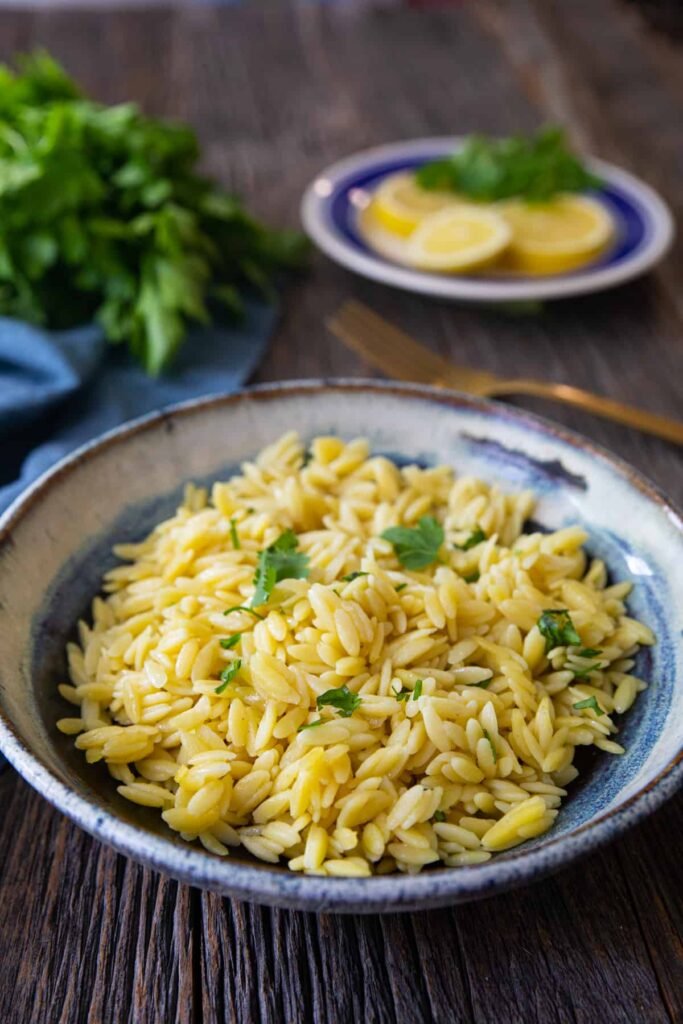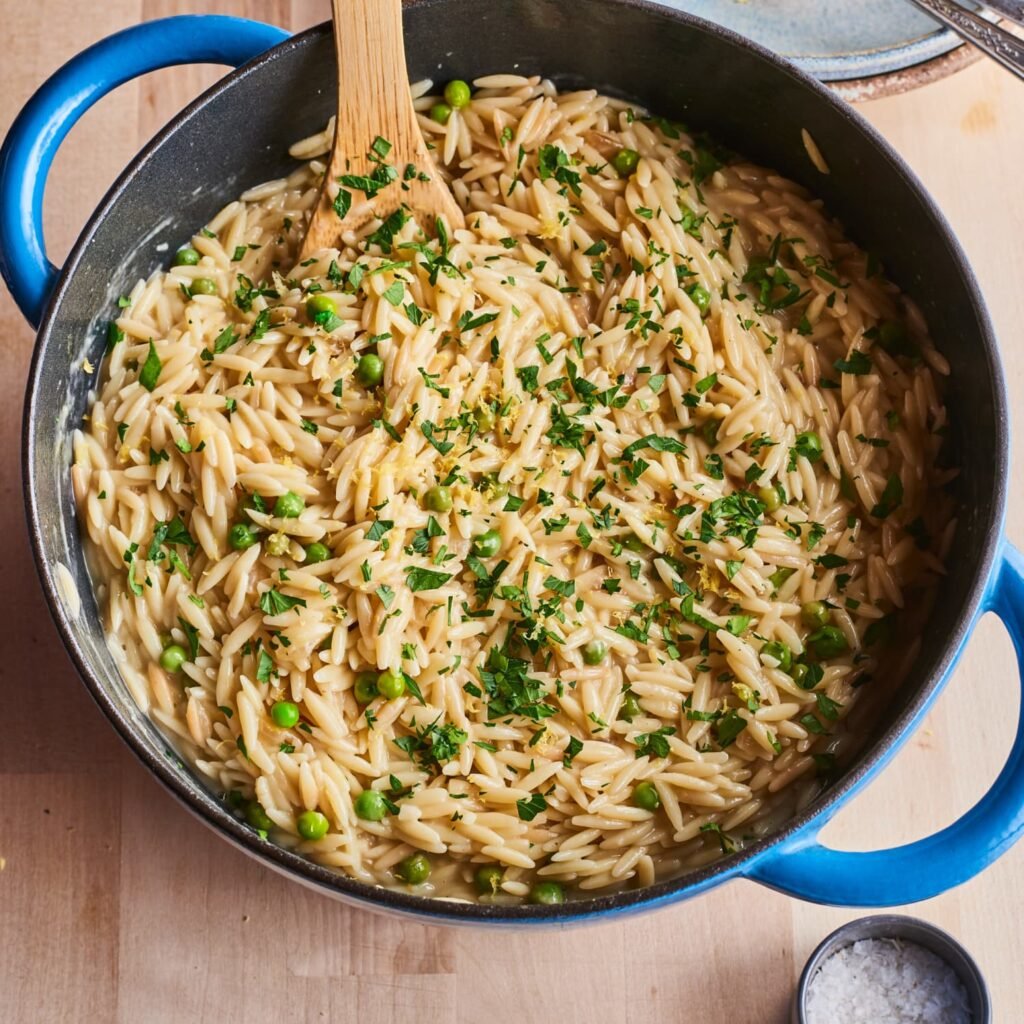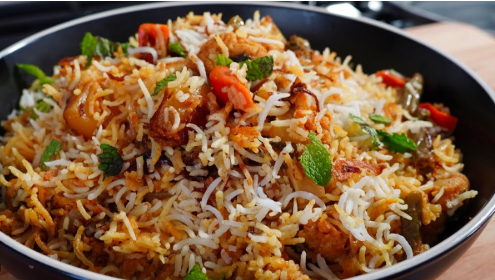Introduction
In the expansive realm of pasta varieties, orzo remains a unique contender—despite its rice-like shape, it is unmistakably pasta. Learning how to cook orzo with scientific precision and culinary excellence is essential for maximizing texture, flavor, and plate presentation. This guide dissects every phase of orzo preparation using evidence-based culinary techniques. The primary focus is on the keyword how to cook orzo, and all related procedures are optimized for replicable success.
Understanding Orzo: Composition and Behavior
Orzo is made from semolina flour and behaves similarly to traditional pasta in boiling water, albeit with a smaller surface area. This makes it prone to overcooking if not monitored. When strategizing how to cook orzo, it is imperative to recognize its dual-use potential—as both a creamy risotto-like base or a fluffy, grain-style side dish.
read also….How to Cook Frozen Salmon: Expert Techniques for Optimal Results
Step 1: The Preheat Protocol
Initiate your stovetop to medium-high and allow it to preheat for precisely two minutes. This ensures the pan reaches the thermal threshold required to evenly toast the orzo. Precision in timing is critical when determining how to cook orzo properly.

- Insert exactly 2 tablespoons of olive oil.
- Add 1 cup (50% of total orzo volume) to begin the toasting process.
This phase is non-negotiable—continual stirring with a high-temperature spatula prevents localized burning while evenly browning the pasta. The goal is a 2x color deepening.
Step 2: Full Integration & Boiling Sequence
Add the remaining orzo (1 cup) to the toasted portion. Immediately incorporate 2 quarts of filtered water, which allows full submersion and proper gelatinization of starch.
- Add 2 pinches of sea salt to season the cooking water.
- Maintain a consistent rolling boil for 12 minutes.
Knowing how to cook orzo entails observing its transformation from opaque to semi-translucent, with an internal softness that retains slight resistance—also known as al dente.
Step 3: Draining and Transition to Sauté Mode
Drain the orzo efficiently using a colander. At this stage, moisture control is critical. Avoid over-draining; residual starch improves binding in the next step.
Heat a sauté pan to medium-high. Integrate a mix of fats for optimal Maillard reaction:
- 1 tablespoon of butter (approximate)
- 1 tablespoon of olive oil
Sautéing enhances flavor complexity—an essential skill for anyone seeking mastery in how to cook orzo.

Step 4: Aromatic Infusion and Acid Balance
Incorporate:
- ½ teaspoon garlic-shallot puree
- Fine-diced tomato (1 unit)
- Optional: olives or capers for umami amplification
Sauté for 1–2 minutes until aromatic volatiles are released. This step is where the orzo is reintroduced.
Step 5: Final Assembly and Seasoning Strategy
Add the drained orzo to the pan and stir gently. To elevate this from basic to premium:
- Fold in shredded parmesan for umami
- Add 1 tablespoon chopped fresh oregano for herbaceous contrast
- Crack fresh pepper over the surface
Continue to stir until temperature stabilizes across the pan. Knowing how to cook orzo to its final temperature of ~160°F ensures it is served warm and cohesive.
Final Observation and Plating
Visual contrast and textural integrity are the benchmarks of successful orzo execution. The color from toasted grains, acidity from tomatoes, and richness from cheese converge into a balanced, elegant presentation.
Conclusion
Mastering how to cook orzo requires both technical understanding and attention to detail. From preheat precision to sauté symphony, each step enhances the dish’s sensory profile. By executing these exact instructions, the orzo becomes more than a side—it becomes a scientific and culinary statement.

